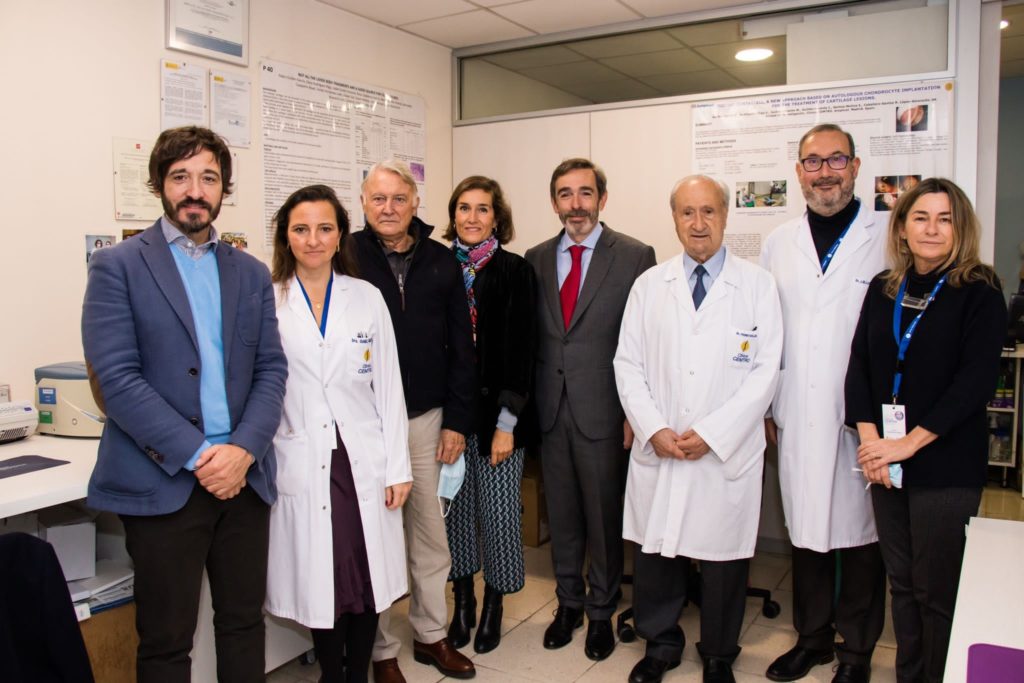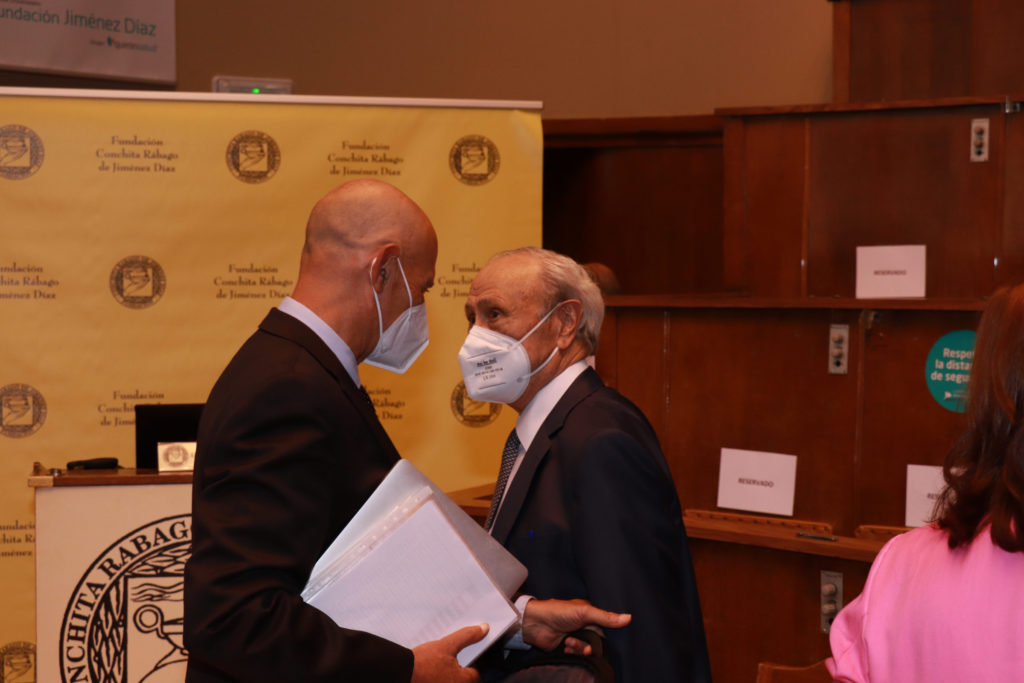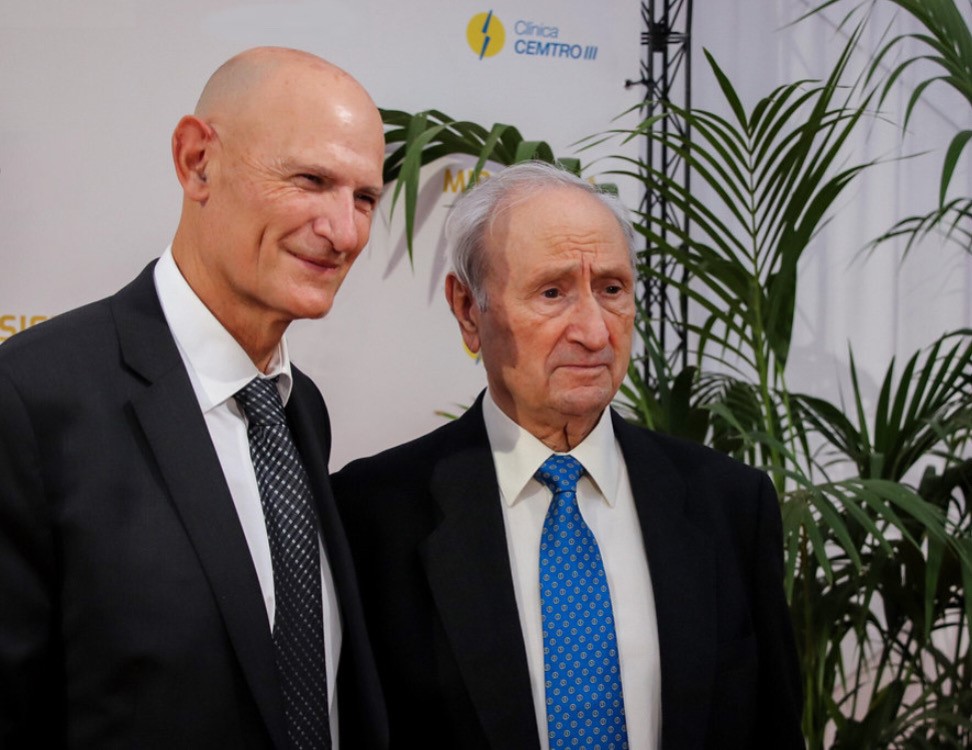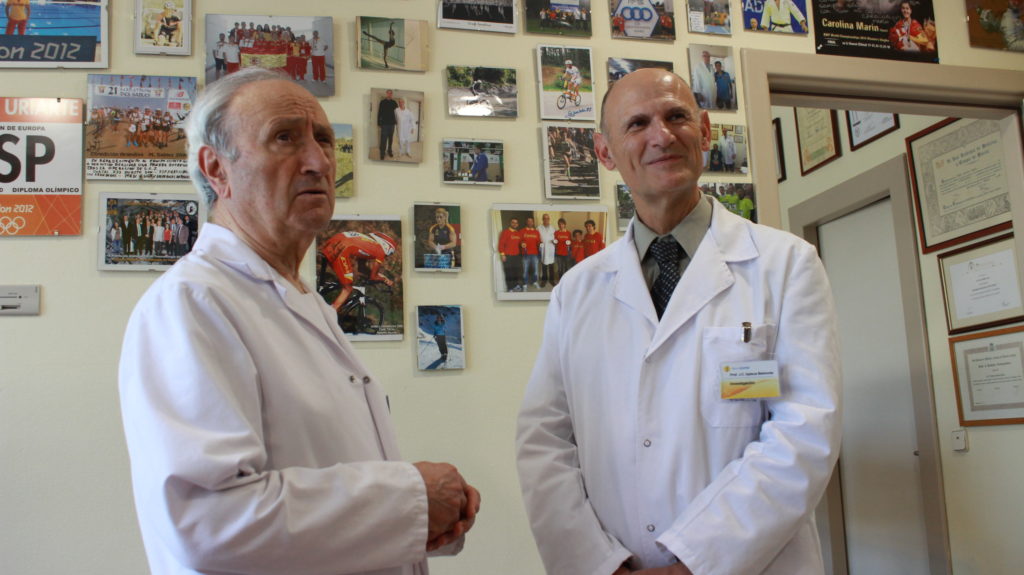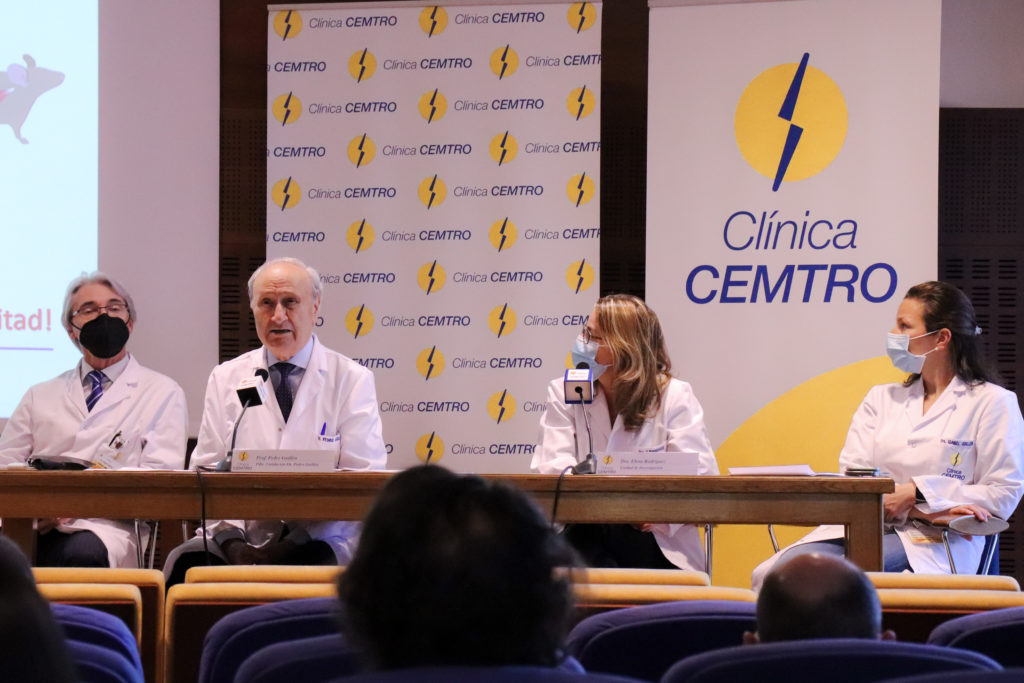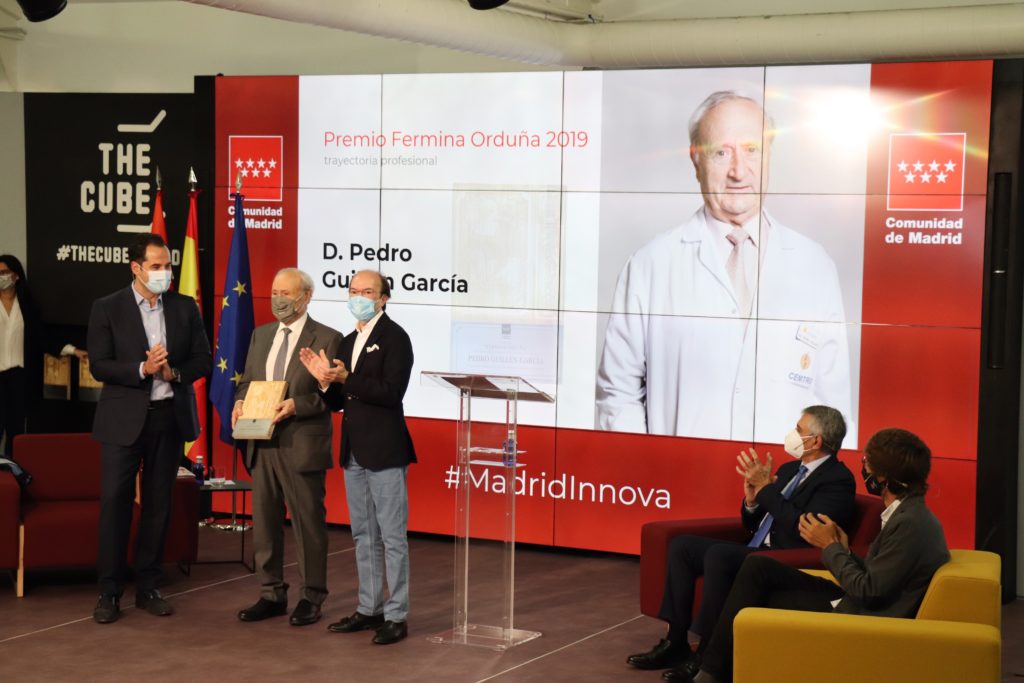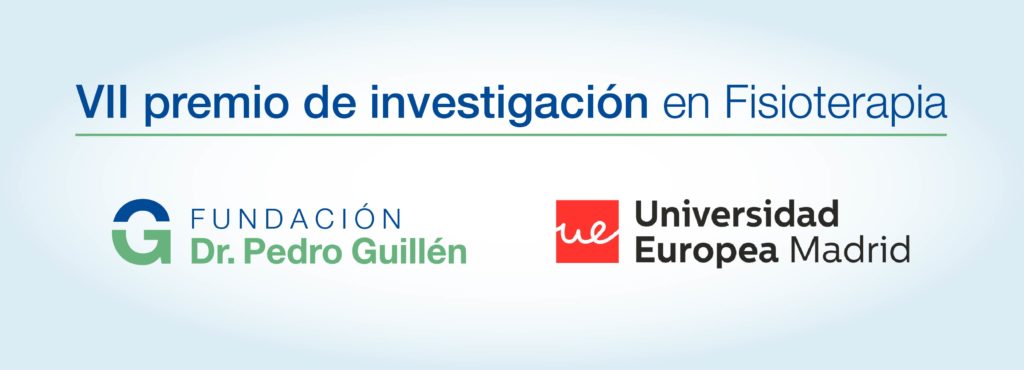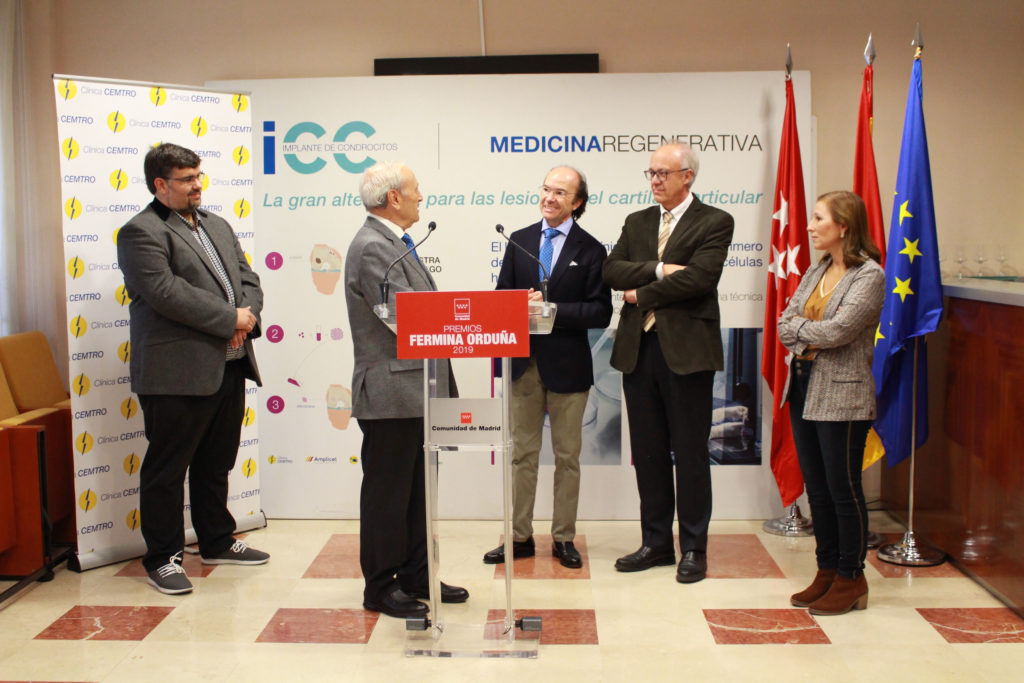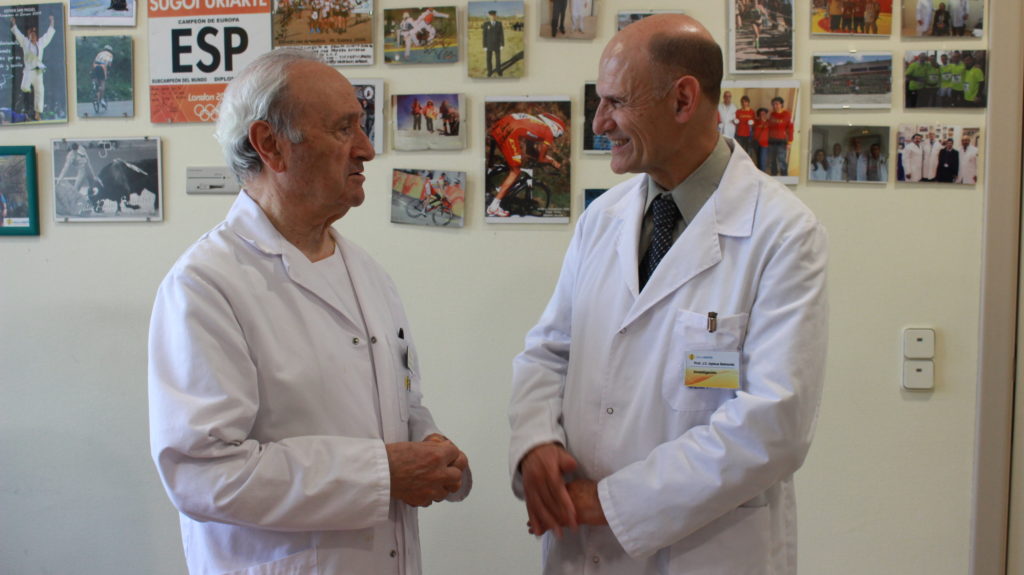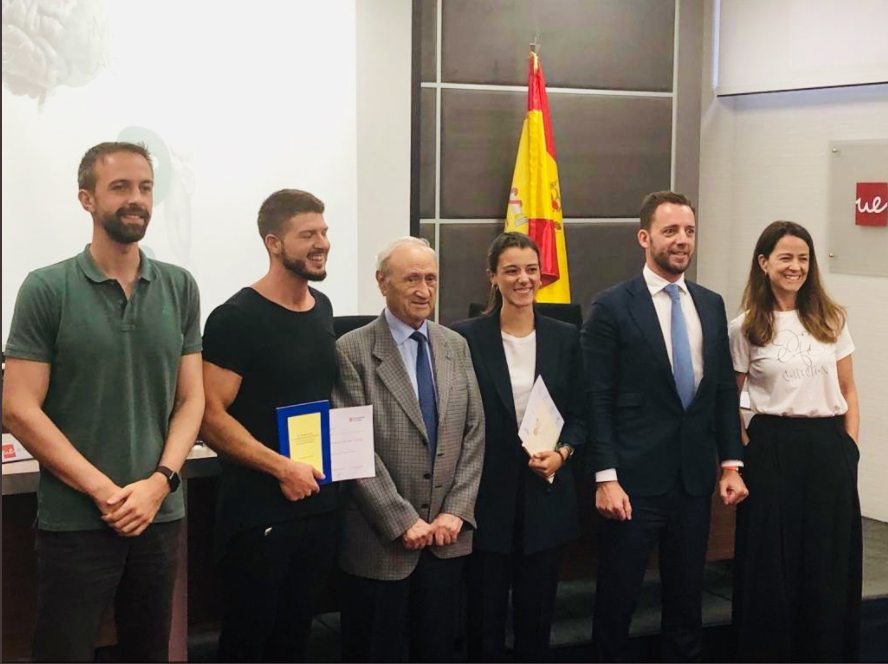FUNDACIÓN DR. PEDRO GUILLÉN Y LÍNEA DIRECTA LLEGAN A UN ACUERDO PARA IMPULSAR LA INVESTIGACIÓN EN EL CAMPO DE LA TRAUMATOLOGÍA
Dentro de su apuesta por la investigación en el ámbito de las Ciencias de la Salud, la Fundación Doctor Pedro Guillén ha llegado a un acuerdo con Línea Directa Aseguradora para apoyar la investigación “Nuevo concepto de mapas multiómicos del músculo esquelético humano”.
Este importante proyecto profundizará en la obtención de una visión global del músculo esquelético humano con el objetivo de brindar al paciente una rehabilitación rápida y efectiva, mejorando su calidad de vida y una mayor autonomía personal. Para ello, la investigación se centrará en la comprensión de los cambios dinámicos del músculo esquelético, proporcionando una visión completa de la función muscular en el ser humano.
[···]

